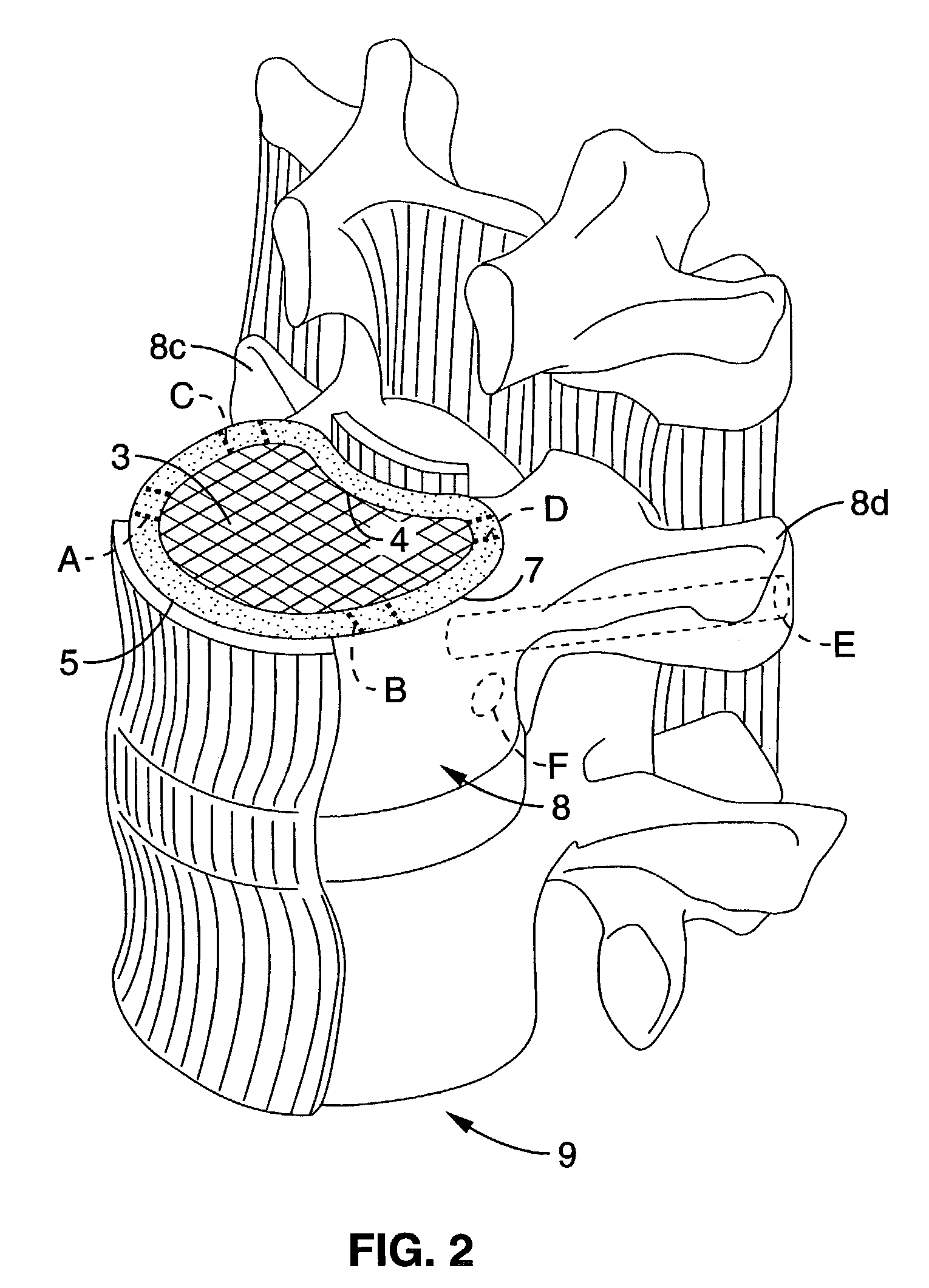System and method providing directional ultrasound therapy to skeletal joints
a technology of directional ultrasound and skeletal joints, applied in the field of system and method for delivering therapeutic levels of energy to tissue, can solve the problems of affecting the health and economic benefits of patients, affecting the quality of life of patients, so as to stimulate cellular metabolism
- Summary
- Abstract
- Description
- Claims
- Application Information
AI Technical Summary
Benefits of technology
Problems solved by technology
Method used
Image
Examples
example
Thermal Therapy of Pre-Stressed Spinal Joints
[0298]This Example provides an abstract summary, introduction, methods, results, and conclusions with respect to a certain group of studies performed to evaluate heat-induced changes observed in intervertebral discs, related structures such as in particular annulus fibrosus, and the related biomechanics, in particular with respect to “intact” discs, as follows.
1. Abstract.
[0299]The intervertebral disc is considered a principal pain generator for a substantial number of patients with low back pain. Thermal therapy has been disclosed to have a healing effect on other collagenous tissues, and has been incorporated into various minimally invasive treatments intended to treat back pain. Since the therapeutic mechanisms of thermal therapy have generally been previously unknown, proper dosage and patient selection has been difficult. Thermal therapy in one regard has been disclosed to acutely kill cells and denature and de-innervate tissue, lead...
PUM
 Login to View More
Login to View More Abstract
Description
Claims
Application Information
 Login to View More
Login to View More - R&D
- Intellectual Property
- Life Sciences
- Materials
- Tech Scout
- Unparalleled Data Quality
- Higher Quality Content
- 60% Fewer Hallucinations
Browse by: Latest US Patents, China's latest patents, Technical Efficacy Thesaurus, Application Domain, Technology Topic, Popular Technical Reports.
© 2025 PatSnap. All rights reserved.Legal|Privacy policy|Modern Slavery Act Transparency Statement|Sitemap|About US| Contact US: help@patsnap.com



